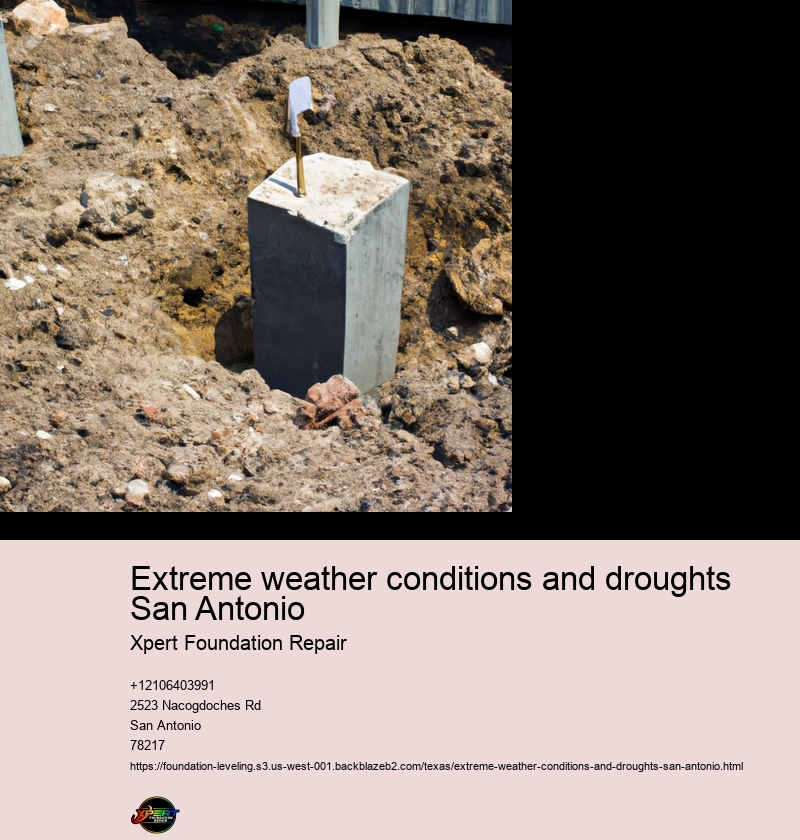Extreme weather conditions and droughts San Antonio
Extreme Weather Conditions and Droughts in San Antonio
San Antonio, a city rich in history and cultural diversity, sits at the crossroads of climatic influences that can lead to extreme weather conditions. As climate change continues to reshape weather patterns across the globe, San Antonio has not been immune to its impacts. The region is increasingly experiencing severe weather events, including intense heat waves, flooding, and especially droughts that pose significant challenges to its residents, economy, and natural resources.
Drought is particularly concerning for San Antonio and the broader state of Texas. Characterized by prolonged periods of insufficient rainfall, droughts have far-reaching consequences on water supply, agriculture, public health, and ecosystems. In recent years, these dry spells have become more frequent and severe in the area due to a combination of natural variability and anthropogenic climate forces.
The most tangible effect of drought in San Antonio is on water resources. The city relies heavily on the Edwards Aquifer for its water supplya vast underground reservoir that is highly sensitive to precipitation changes. Prolonged droughts lower aquifer levels drastically impacting municipal water supplies while imposing strict conservation measures upon residents. These measures can range from restrictions on lawn watering to encouraging or mandating low-flow appliances in homes.
Agriculture also bears the brunt of drought conditions as crops fail without adequate rainwater or irrigation becomes untenably expensive with scarce water resources. Farmers face economic stress as yields diminish or crops are lost entirelya chain reaction that affects food prices and availability beyond just local markets.
Furthermore, public health concerns escalate during extreme heat events compounded by drought. Vulnerable populations such as the elderly or those with pre-existing medical conditions face higher risks during heatwaves which tend to be more intense when there's a lack of moisture in the soil and surrounding environment.
Natural ecosystems within and around San Antonio suffer during drought periods too. Native plant species may struggle or die off without sufficient water leading to habitat loss for wildlife dependent on those plants for survival. Additionally forest fires become a greater risk under dry conditions which not only destroy habitats but also pose direct threats to human life property infrastructure air quality.
To mitigate these recurrent issues proactive steps must be taken starting with sustainable management practices for both urban rural landscapes alike adapting agricultural techniques investing efficient irrigation systems promoting xeriscaping (landscaping that reduces or eliminates the need for supplemental watering) among other strategies are key elements ensuring long-term resilience against extreme weather conditions including droughts.
On a policy level it's imperative address underlying factors contributing climate change through reducing greenhouse gas emissions shifting towards renewable energy sources supporting legislation aimed conserving protecting vital natural resources like Edwards Aquifer all while preparing communities face inevitable challenges ahead through education emergency planning disaster relief efforts tailored specific needs regionally affected populations ultimately collaboration coordination different sectors society will play crucial roles navigating future marked increasing occurrences extreme weather phenomena such experienced here beautiful yet vulnerable city San Antonio Texas
